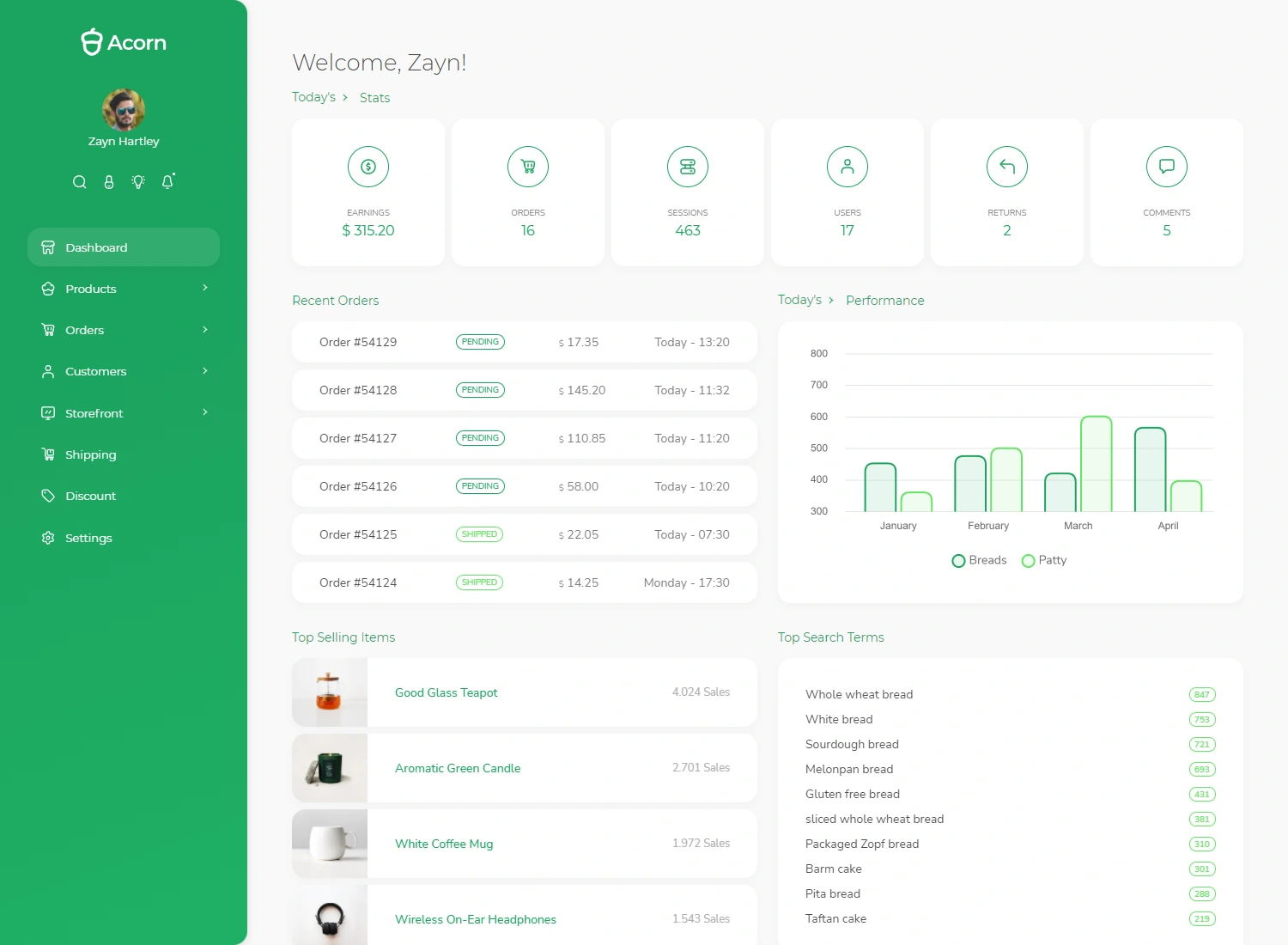India has historically been one of the world's largest importers of defence equipment, relying heavily on foreign suppliers to meet its security needs. However, recent data indicates a significant shift towards self-reliance and a growing presence in the global defence export market.
Surge in Defence Exports
In the financial year 2024-25, India's defence exports reached a record high of ₹23,622 crore (approximately USD 2.76 billion), marking a 12.04% increase from the previous year's ₹21,083 crore. This growth reflects the global acceptance of Indian defence products and the country's integration into international supply chains.
Defence Imports: A Comparative Perspective
Despite the impressive growth in exports, India continues to import substantial amounts of defence equipment. For instance, in March 2025, India signed a contract worth over ₹62,700 crore (USD 7.33 billion) to procure 156 light combat Prachand helicopters for the Indian Air Force and Army. This single acquisition exceeds the total export value for the same period, underscoring that imports still outpace exports.
Nature of Imports and Exports
-
Imports: India's imports primarily consist of advanced technology systems such as fighter jets, helicopters, and sophisticated weaponry that are not yet produced domestically at the required scale or technological sophistication.
-
Exports: On the export front, India has been supplying items like 155 mm artillery shells, artillery guns, and small arms. The Defence Public Sector Undertakings (DPSUs) have notably increased their exports by 42.85% in FY 2024-25, contributing ₹8,389 crore, while the private sector accounted for ₹15,233 crore.
Policy Initiatives and Future Outlook
The Indian government has been actively promoting indigenous defence manufacturing through initiatives like 'Make in India' and by setting ambitious export targets. Defence Minister Rajnath Singh has expressed confidence in achieving ₹50,000 crore in defence exports by 2029. Additionally, the Ministry of Defence signed a record 193 contracts worth over ₹2,09,050 crore in 2024-25, with 92% awarded to the domestic industry.
While India has made commendable progress in boosting defence exports, the value and volume of imports still surpass exports. The focus remains on enhancing domestic production capabilities, reducing dependency on foreign suppliers, and eventually transitioning from a net importer to a leading exporter of defence equipment.





